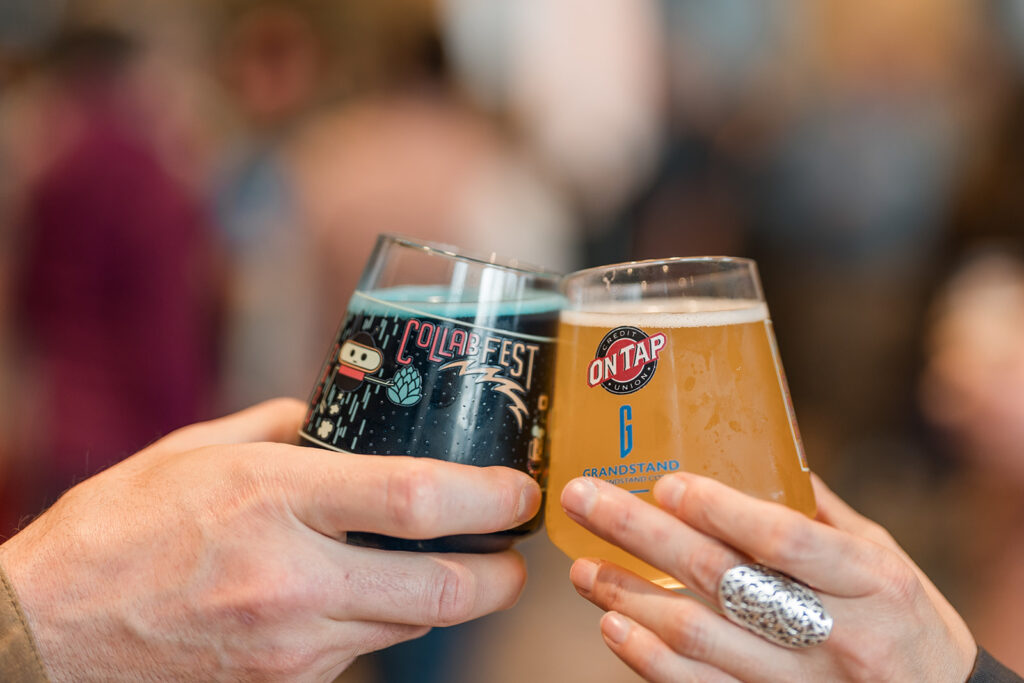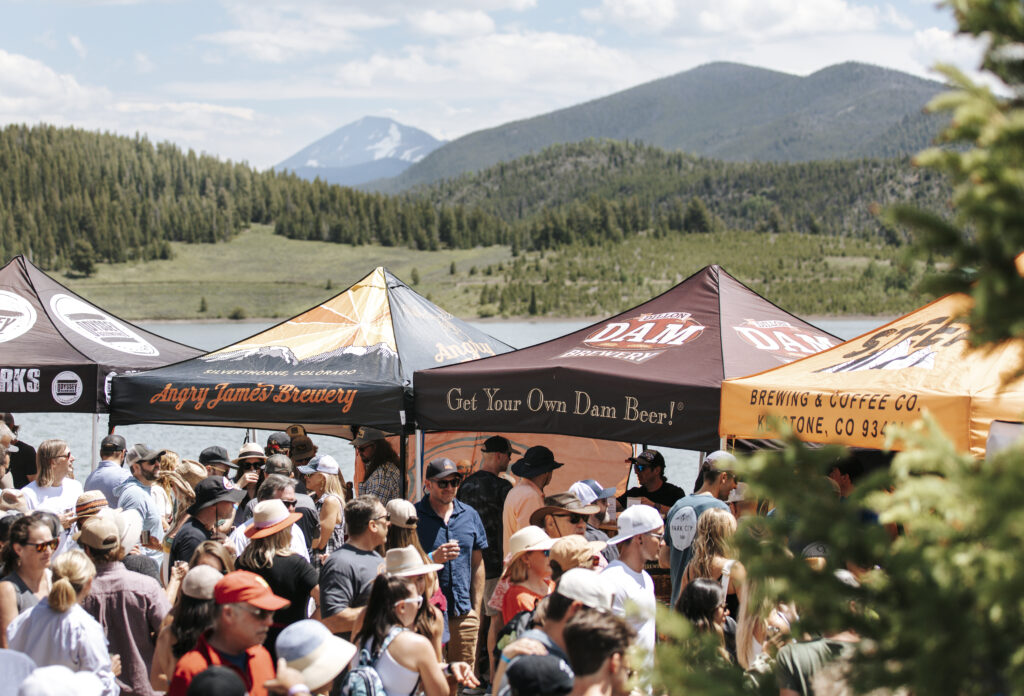Environmental responsibility is becoming increasingly important in business. More than ever, customers, job-seekers and employees are considering a company’s environmental performance when buying a product and applying for or deciding to stick with a job. Additionally, tracking utility data allows companies to better control and monitor utility usage and capture cost savings opportunities, which can be quite significant.
Beginning the process of tracking utility usage and benchmarking environmental performance can be daunting, but it can be done effectively in just a couple of hours a month. In fact, the Brewers’ Association has created a benchmarking tool, into which craft brewers can input the data they wish to track and receive immediate feedback regarding their usage and cost efficiencies as compared to their peers. It also provides each brewer with reports outlining potential cost savings given varying levels of efficiency improvement. Efficiency is determined by normalizing data against barrels packaged.
Step One: Track Utility Bills and Input Data into BA Dashboard
Upslope began benchmarking in 2016. The benchmarking tool and the guidance offered by the BA’s Sustainability Mentor, John Stier, provided us a roadmap for how to get started. We were told which utilities to start tracking and how to understand the data we were looking at.
We began by analyzing our performance across five metrics: electricity, natural gas, water, waste and purchased CO2. Tracking utility data and inputting it into the benchmarking tool gave us a sense of our biggest opportunities for improvement and informed our next steps.
Step Two: Get More Specific Benchmarking Data
Tracking bills provided us a great overview, but we felt that we needed to get more detailed water, waste and electricity data if we were to set meaningful reduction targets and measure our progress against them. This was, in large part, due to the fact that Upslope shares water and energy meters with other tenants.
Water
We installed eight water submeters to isolate Upslope’s water use from the rest of the building’s usage and to break down water use by each step in the production process. We’re still in the first stages of analyzing this data, but have already identified areas where we can reduce water use. For example, if we recapture our centrifuge cooling water, we could save more than one thousand dollars per year.
Waste
We conducted a two-week waste audit to better estimate our waste creation and diversion rates. Our bills assumed that our dumpsters were always full upon pickup, which we found was not the case. We discovered that our diversion rate is much higher than our bills showed. We were able to reduce our weekly trash pickups, saving about six hundred dollars per year.
Electricity
Purchased electricity is often the most expensive utility. If you find your brewery to be inefficient in electrical usage, projects to reduce usage and demand could be very cost effective. Right off the bat, we were able to save a few hundred dollars per month by catching a billing mistake and by shifting our electrical demand loads. We would like to install electrical submeters, but so far it is too costly a project. For now, we are focusing on the proper calibration and maintenance of equipment, purchase of efficient equipment and the close monitoring of certain high-usage machines.
Step Three: Employee Engagement
Keeping employees informed and engaged in sustainability efforts is important. Making sure employees are paying attention and encouraged to share ideas will almost certainly increase your brewery’s efficiencies– even if no official measures are taken.
Step Four: Setting Reduction Targets
Once you’ve gathered at least a year’s worth of benchmarking data, you can begin setting goals to reduce your utility inputs. Upslope is just now arriving at this stage.
In summary, regardless of whether or not your brewery plans to set sustainability goals, tracking utility data is a good idea. Establishing a performance baseline will show you where you stand and allow you to make informed decisions about efficiency improvements. It’s the first, and most important, step in successfully managing and leveraging your brewery’s performance in sustainability.
For more information about brewery sustainability best practices and benchmarking, you can access the BA’s sustainability manuals here: https://www.brewersassociation.org/best-practices/sustainability/sustainability-manuals/
If you are interested in participating with the BA’s benchmarking program, contact John Stier at sustainabilitymentor@brewersassociation.org to set up an account.
Written by Elizabeth Waters – Sustainability Coordinator – Upslope Brewing Co









